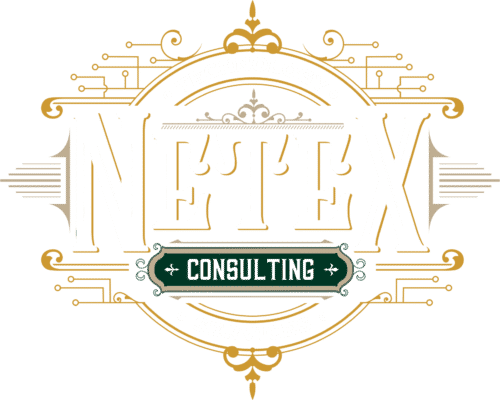Security and Compliance Solutions
DevSecOps: Integrating Security at Every Step
Comprehensive Cybersecurity Services
Our cybersecurity services are designed to protect your organization comprehensively—from endpoints to cloud infrastructure. Our services include:
- Automated patch management
- Configuration auditing / Cloud configuration posture monitoring / best practice
- Lifecycle management of security assets
- Threat hunting
- Network segmentation
- EDR/MDR and AntiVirus
- Regulatory compliance services
We firmly believe in proactive security over reactive security and only employ the latest technology and methods that fit your business needs.
Meeting today’s demands for Governance, Reliability and Compliance
We understand the critical importance of compliance in today’s digital landscape. We provide expert guidance and implementation services across various industry-standard frameworks, including FedRAMP, SOC2 Type 1 and 2, SOX, PCI DSS 4, HIPAA, HITRUST, NIST-800, CIS, CSF 2.0, GDPR, ISO 27001, COBIT, COSO, and more. Our specialists ensure your infrastructure and processes fully align with necessary regulatory and compliance standards.
Navigating compliance audits can be complex and overwhelming. We offer a complete end-to-end audit readiness service, collaborating closely with trusted auditing partners. This comprehensive approach streamlines the entire process, providing a convenient, single-point solution that prepares your organization thoroughly, efficiently, and effectively for successful audits.
Secure Development
Cyber threats increasingly target software supply chains and vulnerable development environments. Our specialized DevSecOps solutions secure your entire development pipeline, reducing exposure to supply chain vulnerabilities and cyber attacks. By safeguarding your codebase and development environments, we significantly minimize risks and ensure the integrity of your software at every step.
Advanced Security by Design
Our security strategies employ modern best practices, such as Role-Based Access Control (RBAC) and strictly enforced need-to-know data access policies. By adhering to these principles, we significantly limit potential vulnerabilities and ensure sensitive information remains securely managed, accessible only to authorized individuals based on their defined roles and responsibilities.

